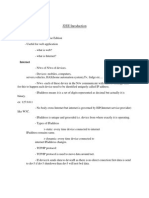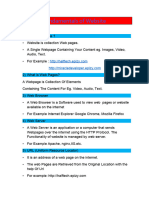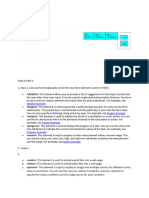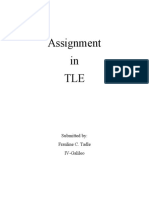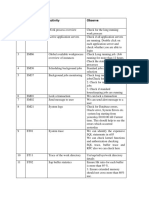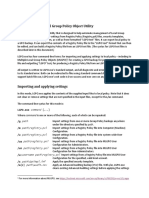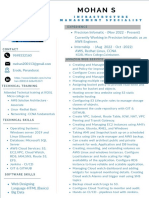0% found this document useful (0 votes)
12 views33 pagesWeb Development With Django Apollo University
The document provides an overview of web development, detailing the roles of web designers and developers, the functioning of the web, and the differences between front-end and back-end development. It covers essential topics such as HTML structure, forms, and Django framework, including its MVT architecture and model definitions. Additionally, it explains CSS selectors and their usage in styling HTML elements.
Uploaded by
shrass0357Copyright
© © All Rights Reserved
We take content rights seriously. If you suspect this is your content, claim it here.
Available Formats
Download as PDF, TXT or read online on Scribd
0% found this document useful (0 votes)
12 views33 pagesWeb Development With Django Apollo University
The document provides an overview of web development, detailing the roles of web designers and developers, the functioning of the web, and the differences between front-end and back-end development. It covers essential topics such as HTML structure, forms, and Django framework, including its MVT architecture and model definitions. Additionally, it explains CSS selectors and their usage in styling HTML elements.
Uploaded by
shrass0357Copyright
© © All Rights Reserved
We take content rights seriously. If you suspect this is your content, claim it here.
Available Formats
Download as PDF, TXT or read online on Scribd
/ 33


























